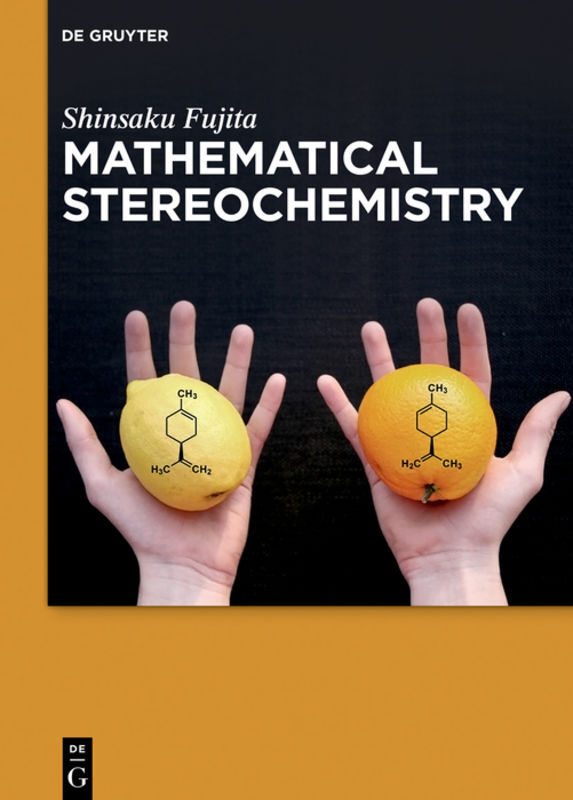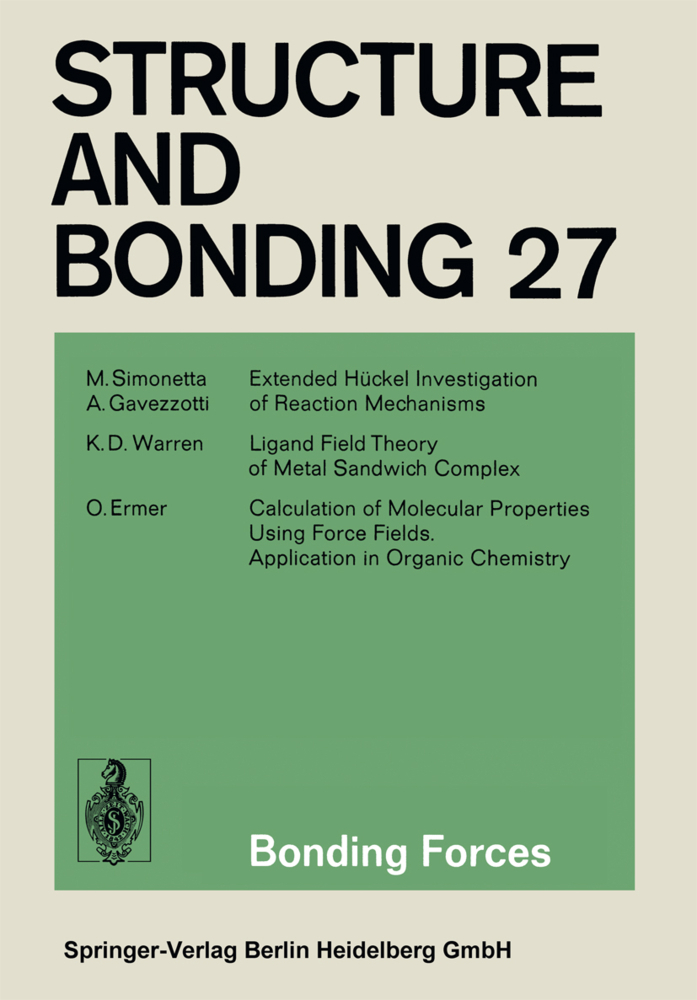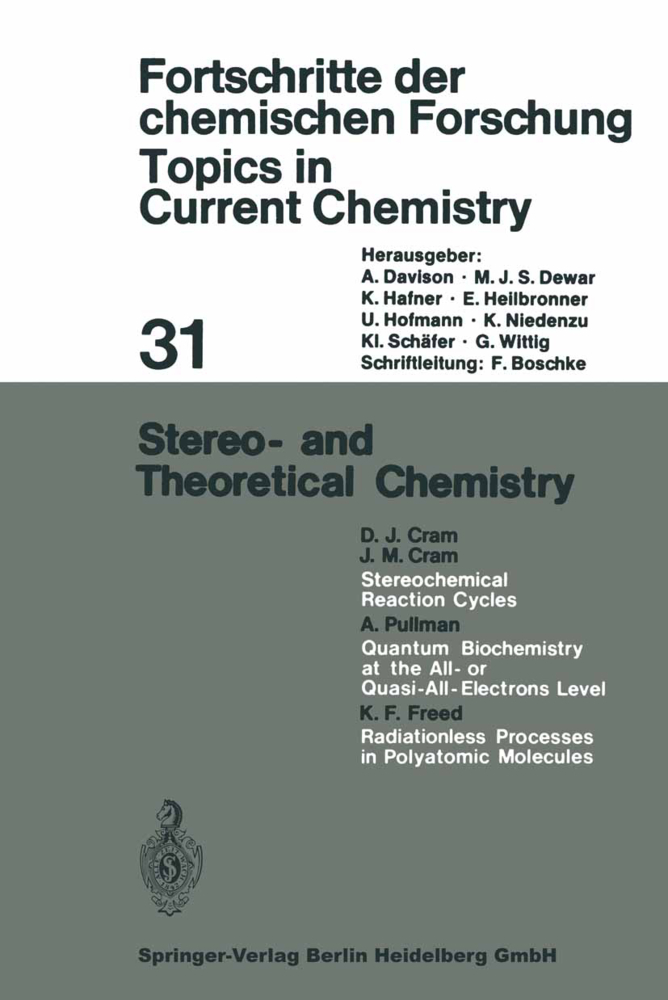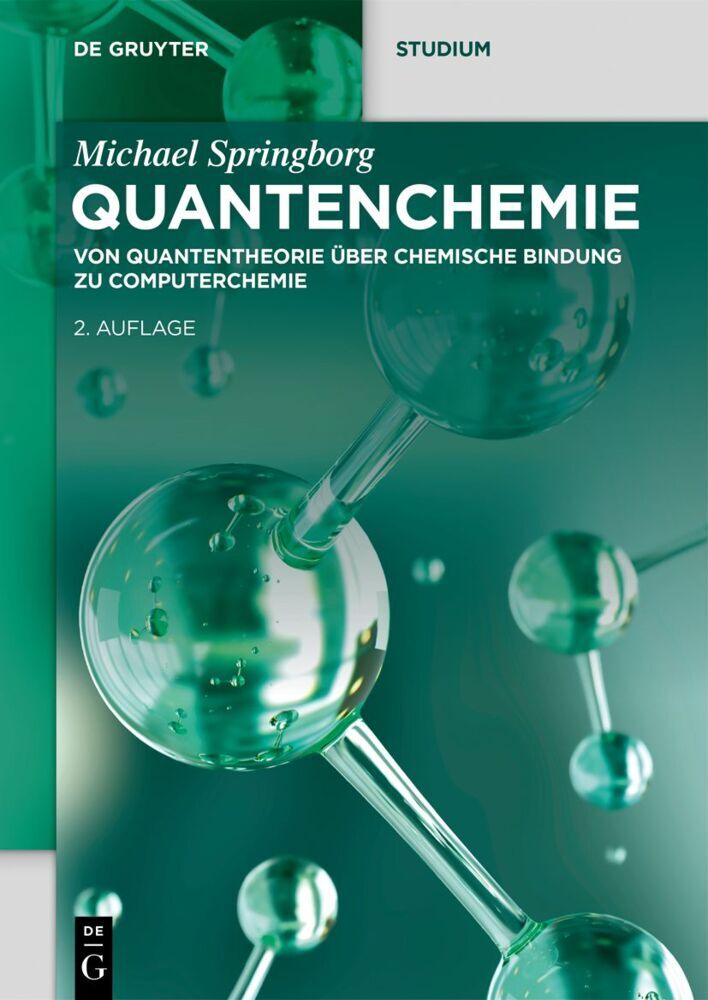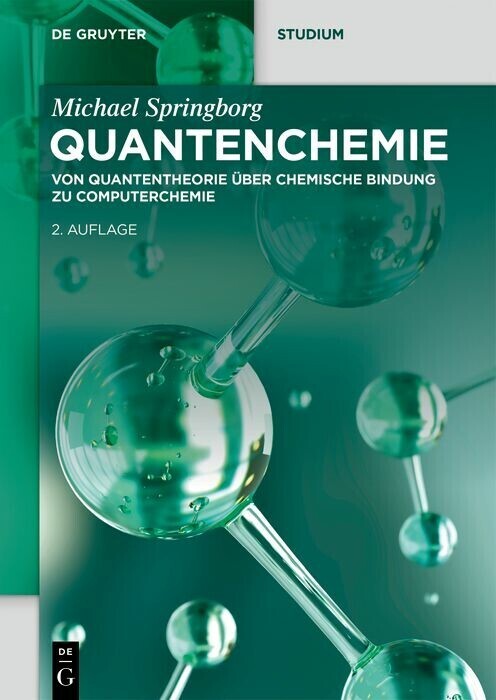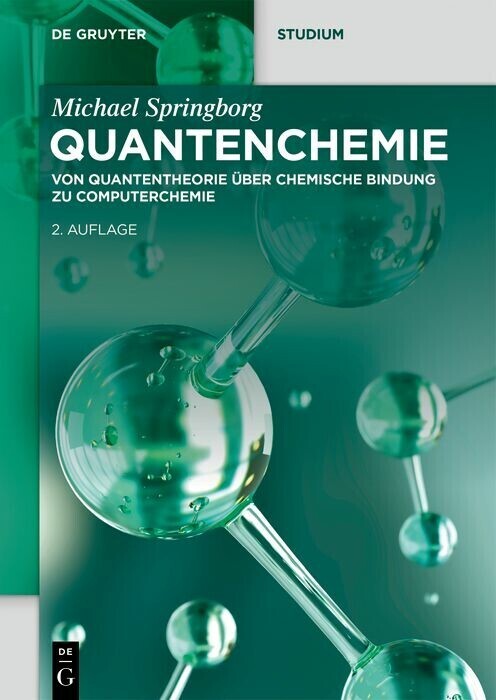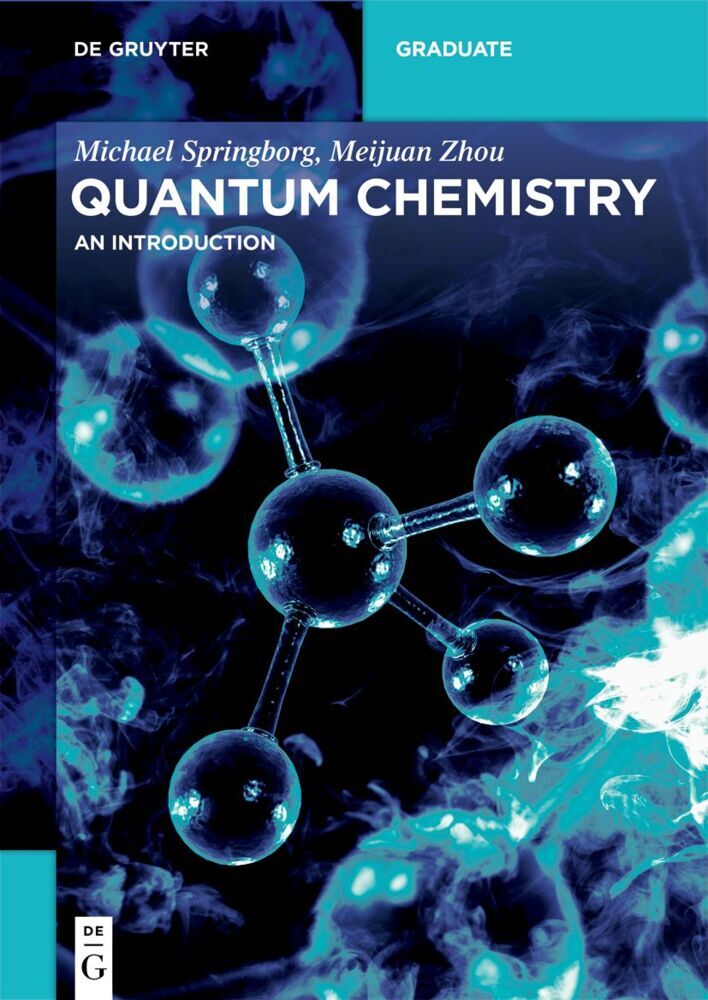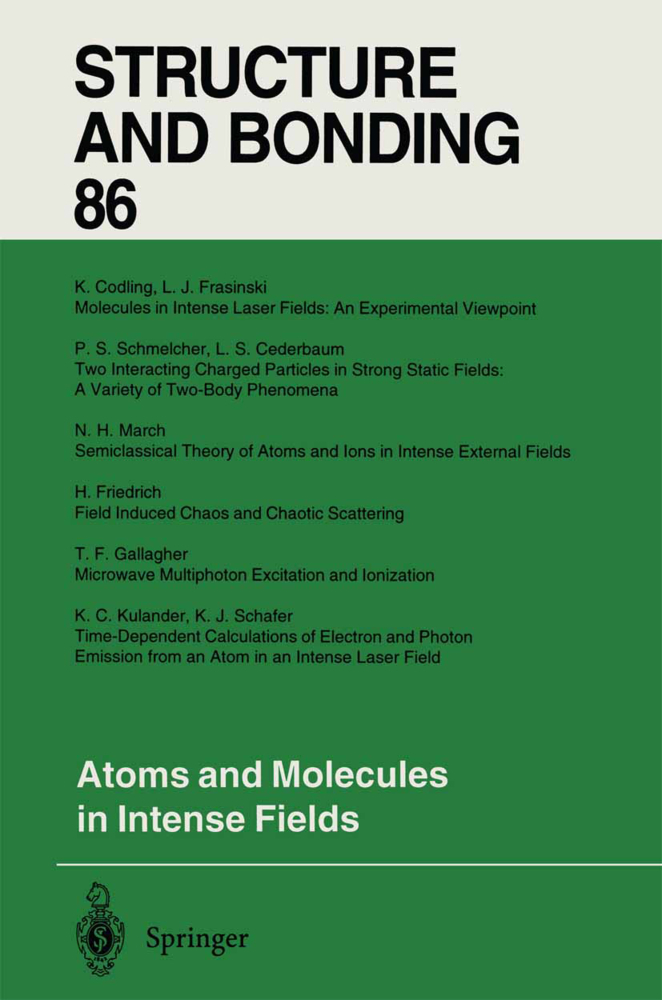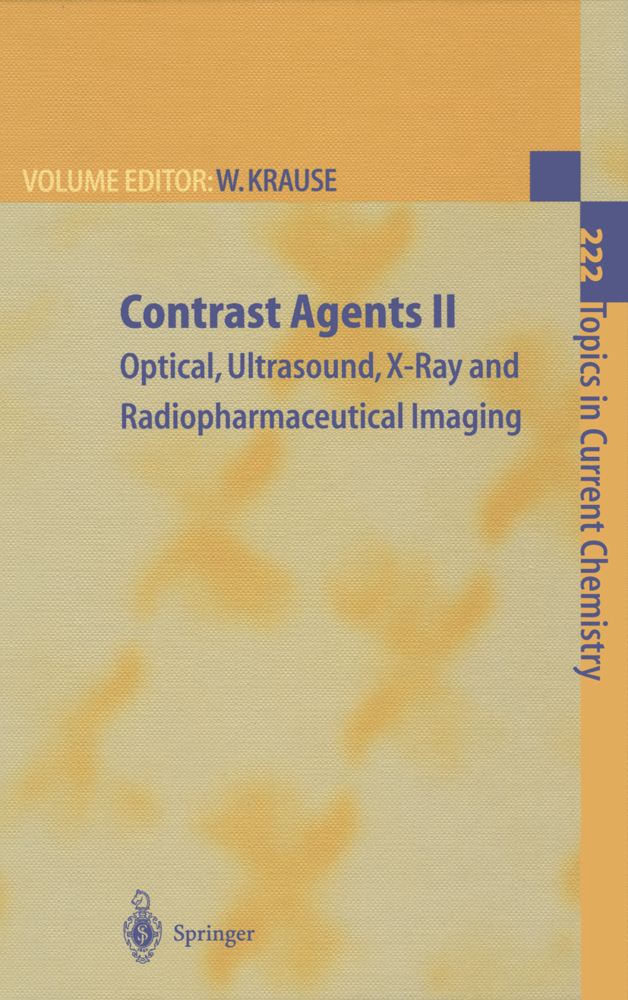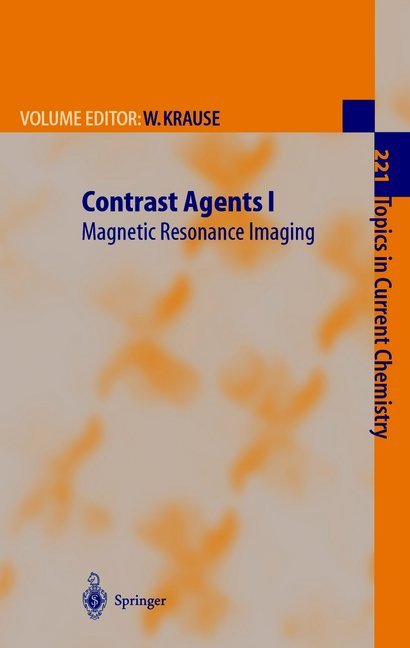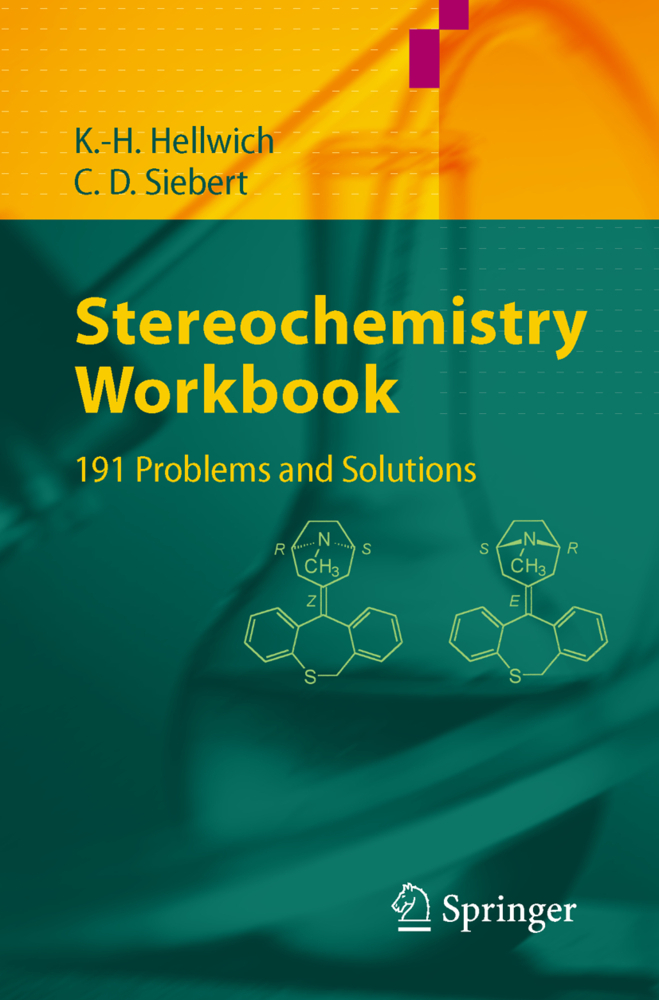Mathematical Stereochemistry
Mathematical Stereochemistry
Mathematical Stereochemistry uses both chemistry and mathematics to present a challenge towards the current theoretical foundations of modern stereochemistry, that up to now suffered from the lack of mathematical formulations and minimal compability with chemoinformatics.
The author develops novel interdisciplinary approaches to group theory (Fujita's unit-subduced-cycle-index, USCI) and his proligand method before focussing on stereoisograms as a main theme. The concept of RS-stereoisomers functions as a rational theoretical foundation for remedying conceptual faults and misleading terminology caused by conventional application of the theories of van't Hoff and Le Bel.
This book indicates that classic descriptions on organic and stereochemistry in textbooks should be thoroughly revised in conceptionally deeper levels. The proposed intermediate concept causes a paradigm shift leading to the reconstruction of modern stereochemistry on the basis of mathematical formulations.
- Provides a new theoretical framework for the reorganization of mathematical stereochemistry.
- Covers point-groups and permutation symmetry and exemplifies the concepts using organic molecules and inorganic complexes.
- Theoretical foundations of modern stereochemistry for chemistry students and researchers, as well as mathematicians interested in chemical application of mathematics.
Shinsaku Fujita has been Professor of Information Chemistry and Materials Technology at the Kyoto Institute of Technology from 1997-2007; before starting the Shonan Institute of Chemoinformatics and Mathematical Chemistry as a private laboratory.
<p>From the Content:</p> <p>Introduction:<br>Graphs and 3D Structures<br>Structural Formulas and 3D Structural Formulas<br>Isomers and Stereoisomers<br></p> <p>3D Structures and Proligand-Promolecule Model:<br> Constitutions, Configurations and Conformations<br> Skeletons for Graphs<br> (Stereo)skeletons for 3D structures<br> Ligands and Proligands<br> Molecules and Promolecules<br> Reflections vs. Permutations</p> <p>Point-Group Symmetry:<br>Point Groups<br>Groups and Subgroups<br>Relational Terms and Attributive Terms<br>Chirality and Enantiomeric Relationships<br>Global Symmetries and Local Symmetries<br>Coset Representations and Orbits<br>Sphericities</p> <p>RS-Permutation-Group Symmetry<br>Permutation Groups<br>Stereogenicity and Diastereomeric Relationships<br>RS-Permutation Groups<br>Relational Terms and Attributive Terms<br>RS-Stereogenicity and RS-Diastereomeric Relationships<br>Global Symmetries and Local Symmetries<br>Tropicities</p> <p>Stereoisogram Approach of (Self-)Enantiomers and Stereogenicity:<br>Quadruplets of RS-Stereoiomers and RS-Stereogenicity<br>Stereoisograms of Five Types<br>RS-Stereoisomeric Groups<br>RS-Stereoisomerism and Stereoisomerism Chapter 5 Enumeration of Chemical Compounds<br>Polya's Enumeration of Graphs<br>Fujita's Proligand Method for Enumerating 3D Structures<br>Symmetry-Itemized Enumeration (the USCI approach)<br>Enumeration of Chemical Compounds as RS-Stereoisomers </p> <p>Monosubstituted Alkanes and Alkanes:<br>Asymmetric and Pseudoasymmetric Carbons<br>Monosubstituted Alkanes<br> Alkanes</p> <p>Mathematical Foundations of Stereochemical Nomenclatures:<br>Chirality, RS-Stereogenicity, and Sclerality<br>Mathematical Foundations of Cahn-Ingold-Prelog (CIP) System<br>Prochirality vs. Pro-RS-Stereogenicity<br>Mathematical Foundations of Pro-R/Pro-S-Descriptors </p> <p>Applications:<br>Ethylenes<br>Biphenyls<br>Cyclohexanes<br>Allenes<br>Adamantanes<br>Cubanes<br>Fullerenes<br>Prismanes<br>Square Complexes<br>Trigonal Pyramidal Complexes<br>Octahedral Complexes<br>Ferrocenes<br></p>
Fujita, Shinsaku
| ISBN | 9783110371970 |
|---|---|
| Artikelnummer | 9783110371970 |
| Medientyp | Buch |
| Copyrightjahr | 2015 |
| Verlag | De Gruyter |
| Umfang | XVIII, 437 Seiten |
| Abbildungen | 250 b/w ill., 100 b/w tbl. |
| Sprache | Englisch |

